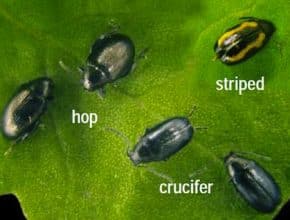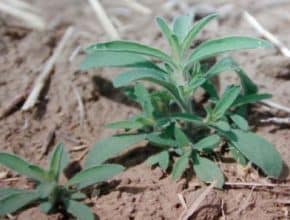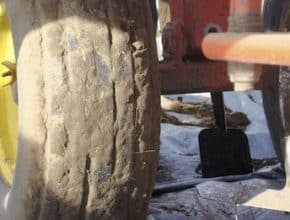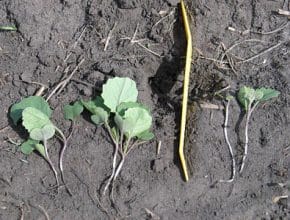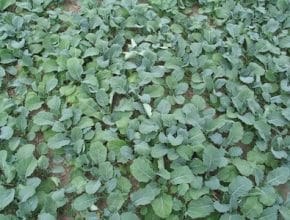Precipitation in many regions stopped seeding progress. While growers wait to get seeding again, check fields for emerging weeds and apply a pre-seed burnoff where necessary and when possible. By……
May 2, 2012 - Issue 10
-
-
-
Foxtail barley has proliferated in some fields that were unseeded last year due to excess moisture. If it’s in patches, tillage may be the best way to control it. Pre-seed applications when shoots are small and all energy is moving upward through the weed are not always that effective. Waiting until the foxtail barley is bolting may provide a better…
-
Soil on seeding equipment is a key vector for the movement of clubroot spores from field to field. Cleaning dirt from equipment before leaving a clubroot-infested field is a good disease management practice. Avoid working in known clubroot-infested fields when soil is wet and more likely to stick to equipment…
-
Think critically when it comes to input investments. Canola plants, like any other plant, need many different nutrients and rely on naturally-occurring hormones to grow and produce a good yield. Limitation on any of these may reduce yield potential. But, in most cases when it comes to crop nutrition, the biggest return on investment comes from nitrogen, followed by sulphur…
-
Sulphur does not provide a pop up effect, so seed-row placement is not necessary. Some sulphur could go in the seed row, but pay attention to safe seed-placed rates. Ammonium sulphate can have a damaging effect on the seedlings, both from the nitrogen and sulphur components. You’re likely also applying ammonium phosphate in the seed row, so note the limit…
-
-
-
If seed carried over on the farm comes back with a low germination test, it is probably best to keep that seed separate and increase the seeding rate accordingly, assuming the viability is still high enough to be worth planting. If you can’t wait for germination test results before seeding, get the test anyway. If any problems arise with emergence,…

